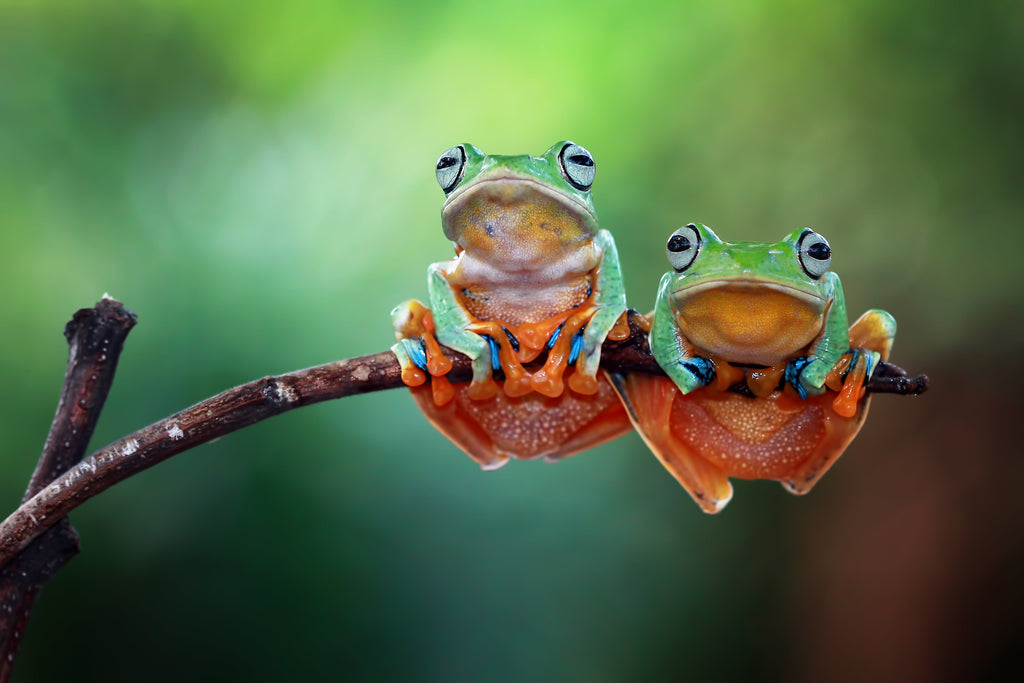In my previous post , I demonstrated how to incorporate the Summer Olympics into a lesson for improving literacy skills. Did you know that this year’s Games can also be seamlessly tied into a lesson about biodiversity? The Rio de Janeiro Olympics marks the first time that the Games take place in South America, home to the famous Amazon Rainforest. Brazil itself has one of the richest biodiversity in the world. By reading informational texts about the rainforest habitat, students can improve reading skills, extended scientific understanding, and learn how to create connections between the classroom and current events!

The New Generation Science Standards for second grade require that students understand the following concept: “There are many different kinds of living things in any area, and they exist in different places on land and in water” (2-LS4-1). The ZooZoo Animal World’s Rainforest Habitat Set provides a compelling glimpse into the millions of species that live in the rainforest. In addition to detailed photos, each book also contains an animal vocabulary list to enrich the students’ repertoire of scientific words.

Begin the lesson by contextualizing it within current events:
- Where are the Summer Olympics happening this year?
- Can anyone find Brazil on a map?
- Introduce the Amazon Rainforest, a tropical forest that provides home to one-tenth of the planet’s species. More than half of the Amazon Rainforest lies inside Brazil!
In addition to the suggested talking points featured inside the books, below are some fun facts to enrich your lesson:
- Vampire bats, which can be found in Brazil, are the only mammals that feed exclusively on blood. These bats make a small bite and lick the blood of other animals—they don’t actually suck or drink human blood like vampires.
- The blue morpho butterfly lives in the Amazon Rainforest. With a wingspan of five to eight inches, they are one of the largest butterflies in the world. All butterfly wings, however, are actually clear and covered by tiny scales—we just see different colors and patterns based on the ways that light reflect off of the scales.
- Crocodiles can close their ears so water doesn’t enter while they swim. They also have great hearing, and can even hear crocodile babies calling from inside their eggs!
- Brazil is home to the heaviest (and second longest) snake in the world, the anaconda. Although they aren’t poisonous, they always swallow their prey whole—imagine that!
- Although gorillas only live in the African rainforest, they’re still fascinating to explore. Despite their intimidating body size, gorillas are herbivores!
Students are sure to love reading about the unique animals in the ZooZoo Animal World: Rainforest Habitat Set. By fulfilling Common Core ELA and Next Generation Science Standards at the same time, it’s a win-win lesson for everybody! Happy Olympics!
~~~
Click the image below to download an information sheet with key features about ZooZoo Animal World , which contains the books featured in this blog post. Check out our website to learn about ZooZoo Mundo Animal, the Spanish version of the ZooZoo Animal World series!













































![6 Fun and Easy Activities to Practice Sequencing [Grades K-1]](http://www.hameraypublishing.com/cdn/shop/articles/Red_Typographic_Announcement_Twitter_Post-5_bf1ae163-a998-4503-aa03-555b038d1b76_600x.png?v=1689961568)
![Leveraging Prior Knowledge Before Writing and Reading Practice [Grades 1–2]](http://www.hameraypublishing.com/cdn/shop/articles/Red_Typographic_Announcement_Twitter_Post-4_600x.png?v=1689961965)




